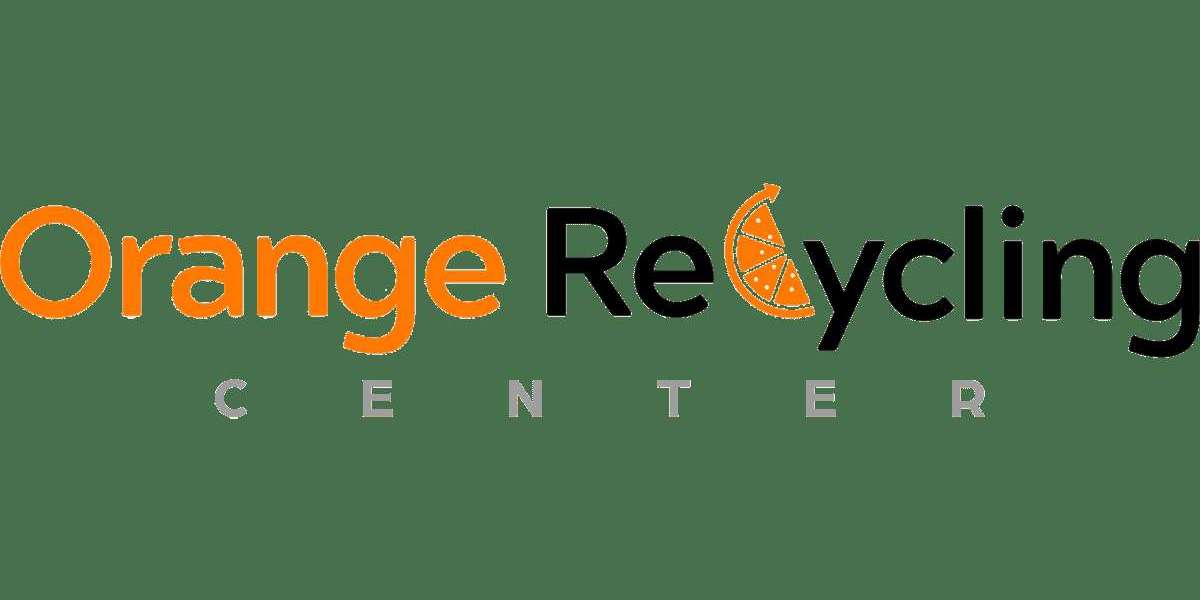Recycling scrap brass shells has evolved into a crucial process for both environmental sustainability and economic viability. Brass, an alloy composed mainly of copper and zinc, is prized for its durability and corrosion resistance. Discarded brass shells—often remnants of ammunition casings—present a unique opportunity for resource recovery. By converting waste into reusable material, communities and industries are contributing to a circular economy that minimizes environmental harm while generating profit.
The Importance of Recycling Brass Shells
Brass recycling is an exemplary model of resource efficiency. The process not only conserves natural resources by reusing copper and zinc but also significantly reduces energy consumption. Producing new brass from raw ore is energy-intensive, whereas recycling scrap brass requires much less energy. This efficiency translates into lower greenhouse gas emissions and reduced industrial waste. In many regions, strict regulations govern waste management and recycling, further incentivizing the recovery of valuable metals from used ammunition casings.
Environmental and Economic Benefits
One of the key environmental benefits of brass shell recycling is the reduction of waste. Ammunition production leaves behind a substantial amount of scrap that, if not properly recycled, may end up in landfills or contaminating the environment. Recycling these brass shells prevents harmful leaching of metals into soil and water, ensuring a healthier ecosystem.
Economically, the recycling process creates jobs and supports secondary markets. Smelters and foundries that specialize in processing scrap brass rely on a steady input of raw materials to maintain their operations. For consumers, recycled brass is often less expensive than newly mined materials, leading to cost savings in manufacturing various components, from musical instruments to plumbing fittings. The demand for recycled brass reflects an increasing awareness among manufacturers and consumers alike regarding sustainability and responsible production practices.
The Recycling Process
The process of recycling brass shells begins with the collection of scrap materials. Ammunition casings can be retrieved from military surplus, shooting ranges, industrial sites, and individual collectors. Once gathered, the brass is sorted and cleaned to remove impurities such as residual propellant, soot, and other contaminants. This preliminary cleaning is essential for ensuring the quality of the final product.
After cleaning, the brass undergoes melting in a furnace at high temperatures. Modern smelting technologies are designed to recover a high percentage of the metal, efficiently separating the copper and zinc. During this phase, advanced sensors and quality control measures monitor the mixture to maintain the proper alloy composition. Once melted, the liquid brass is cast into ingots or other standard forms, making it ready for distribution and further manufacturing.
Challenges and Considerations
Despite the clear benefits of scrap brass shell recycling, the process does present challenges. Collection and sorting require significant effort, particularly when dealing with mixed materials. The presence of non-metal components in some casings can complicate the recycling process and necessitate additional steps to separate pure brass from other substances.
Safety is another critical consideration. Handling used ammunition casings requires expertise and strict adherence to safety protocols to avoid accidental discharge or exposure to harmful substances. Organizations involved in brass recycling often work closely with regulatory bodies to ensure that all operations meet safety and environmental standards.
Market fluctuations also play a role in the economic viability of recycling brass shells. The price of raw copper and zinc can vary significantly over time, influencing the return on investment for recycling operations. However, even when market prices are low, the environmental benefits and energy savings associated with recycling often outweigh the costs.
Innovations and Future Trends
Recent technological advances have boosted the efficiency and efficacy of brass shell recycling. Automated sorting systems powered by artificial intelligence can quickly identify and segregate brass from mixed scrap. Enhanced smelting techniques now minimize energy consumption and reduce emissions, making the process even more sustainable.
Moreover, research into alternative recycling methods continues to unfold. Some experts are exploring chemical processes that could further refine the separation of metals, ensuring that even minute impurities are removed. These innovations not only improve the quality of recycled brass but also broaden the range of applications for which it can be used.
The concept of a circular economy is gaining prominence as industries seek to mitigate environmental impacts. In this framework, brass shell recycling is not just a waste management strategy—it is a proactive measure to conserve resources and promote sustainable economic growth. By integrating recycling into the supply chain, manufacturers reduce dependence on mined raw materials and help stabilize market prices by increasing the supply of recycled metals.
Conclusion
Scrap brass shells recycling is a compelling example of how waste can be transformed into wealth. Through effective collection, cleaning, and processing, discarded ammunition casings are reimagined as high-quality raw materials, fueling sustainable production and reducing environmental impact. Though challenges remain, advances in technology and a growing commitment to sustainability promise to enhance the recycling process further.



